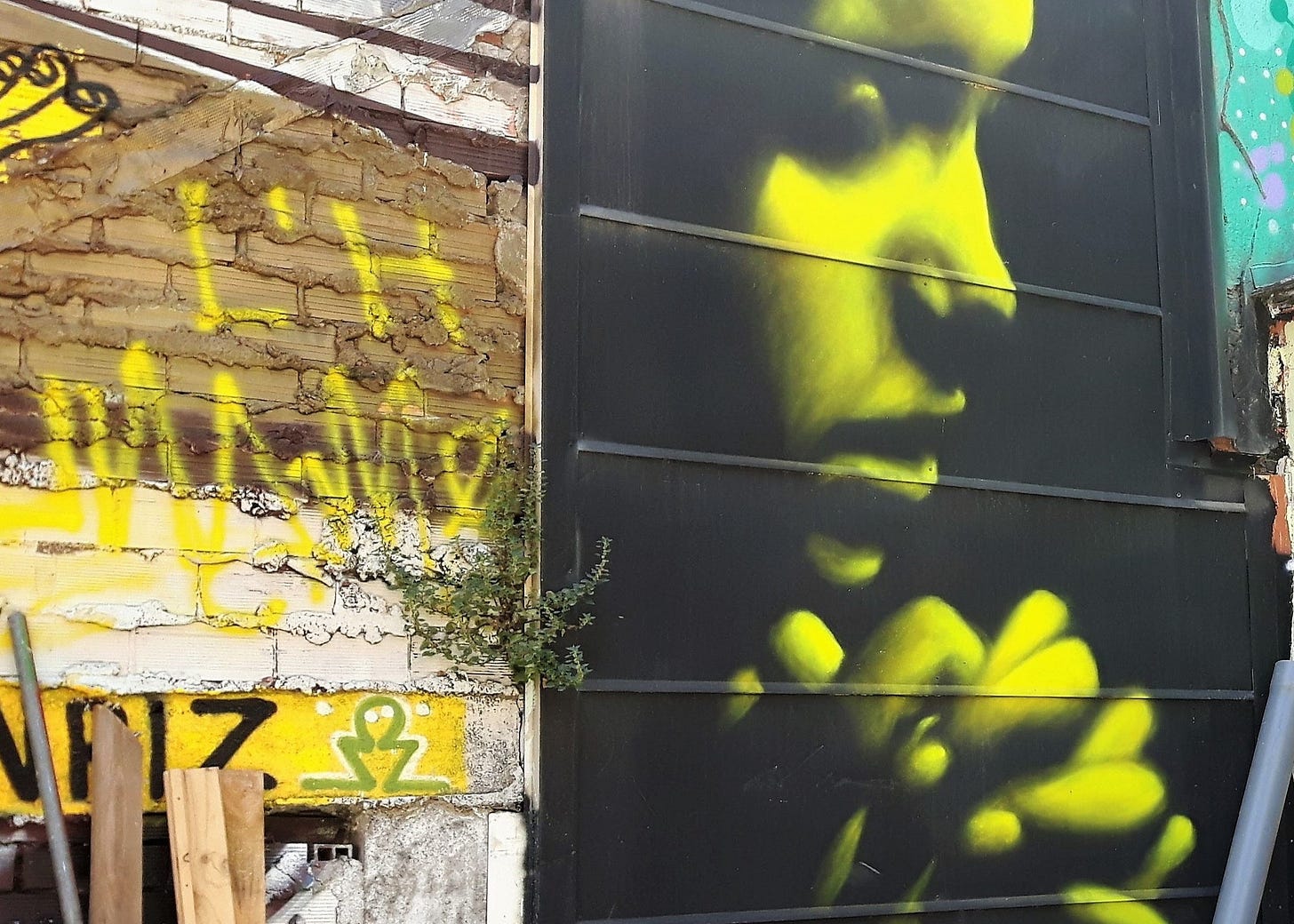[Walter is on sabbatical for the first half of this year, and is working on a writing project called “A Compassionate Consent to Reality.” Most of it will come out in draft form on Substack, a free platform that you’re invited to follow here. Or you could hope that it comes out in orderly form as a book one day… Here’s an opening post that describes the project a bit]:
OK, this is it. Tomorrow, I start to share, via (free) Substack, the ideas that will be building blocks for my main writing project: an exploration of the phrase, “a compassionate consent to reality,” and how I think the phrase can describe a contemplative pathway for healing and maturing.
As I’ve been researching and planning and contemplating and mulling and second-guessing my way toward this project, I’ve realised that one thing that I want (need!) to do is to avoid a prosaic, left-brained approach that can come too naturally to me, boring many and sucking the life out of its main points. Students of mine who may be reading, please plug your ears – but this will not be a well-argued, well-cited, book-length essay. (At my age, I no longer have it in me to do that much work for that few people.) To avoid this danger, I hereby make these commitments this day:
1. Before I write each day, I will surround myself with music, poetry, walking and/or contemplative readings/practices to help ensure that my “whole brain” is awake and engaged.
2. I will contradict myself freely and guiltlessly, including writing on some days when I do none of the above.
3. I will write in a variety of styles rather than seeking a consistent “voice” or audience or approach. Probably among those styles will be the prosaic, left-brained approach that I’m trying to avoid but which may occasionally be useful for adding a certain kind of clarity. (Please feel free to ignore those styles that don’t work for you, or, even better, let me know which do or don’t work for you.)
4. My current structural plan for my overall project is to introduce briefly the main gist of my ideas (including some longer pieces on “healing,” “maturing,” and “everyday contemplation.”) I will also write a series of short chapters corresponding to each of the major words in my title phrase; i.e. little chapters on compassion, on consent, and on reality. These will serve as glimpses, snapshots, reflections, meditations, etc. aimed at opening up understanding and questions. I expect to share drafts or summarised drafts of the longer (multi-part?) introductions as well as the snapshot-chapters here on Substack. I should clarify: this description sounds like these will be posted in orderly fashion, but this is unlikely. They are more likely to emerge likes pieces of a mosaic that may eventually come into focus as a bigger picture.
5. I will assume that I am at least partly wrong about a lot (hence, some of those contradictions), but I will still write aiming for a humble confidence because no one likes to read someone who doesn’t sound convinced by what he’s saying (do they?). And, of course, I expect to make corrections en route.
6. Much more serious than being wrong, I must also confess that I am not nearly as good at “consenting to reality” as I would like, and there are large gaps in my practice of being compassionate. A huge part of my motivation in writing is to get better at the practice of it all myself. I am pointing toward a pathway that I see and have experienced but haven’t at all mastered.
7. I am very much hoping for feedback and conversation about the things that I am writing. That could come in the form of email (wthiessen@ssu.ca), comments on my posts, subscribing or unsubscribing, sharing, or, of course, “liking.” You could also recommend books or authors (or musicians or poets) to me, or even suggestions for other Substack writers to follow.
8. For the most part, in this space I will avoid being sucked into the polarised political emotions and rants of our day (while certainly passing no judgement on those who dive in). This means that you can follow along here as an alternative to doomscrolling.
9. I may suck at marketing, but I would prefer to have readers. Please do share this with anyone you think might be interested!
Share
Here is my following introduction to “a compassionate consent to reality” and why I think it’s a helpful foundation for healing and maturing.












